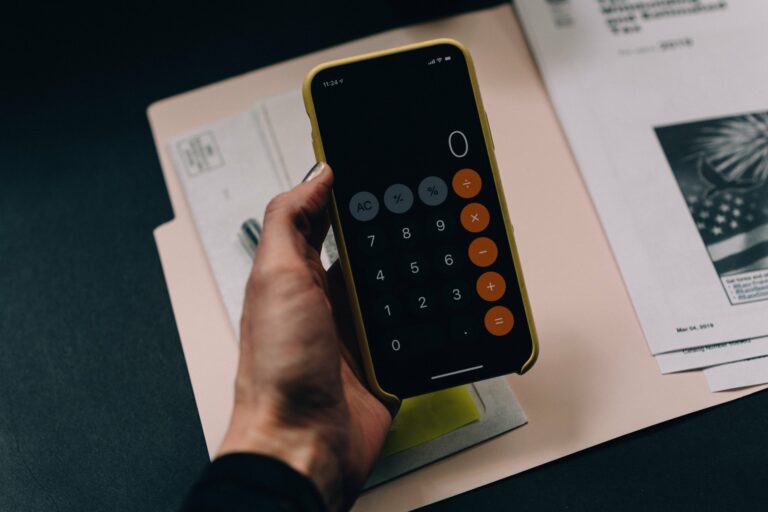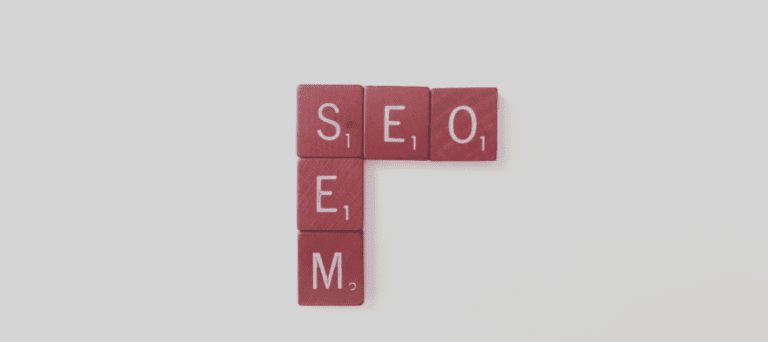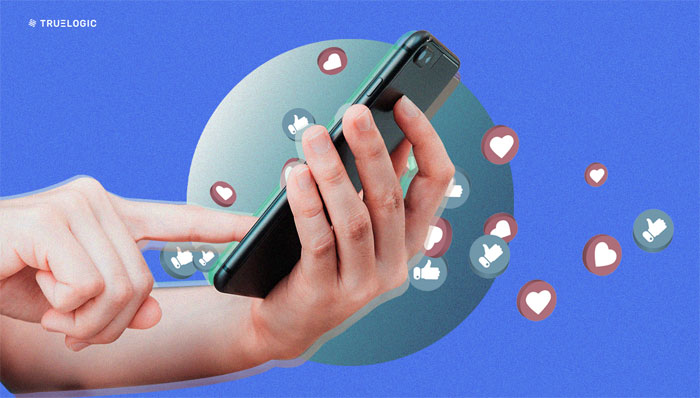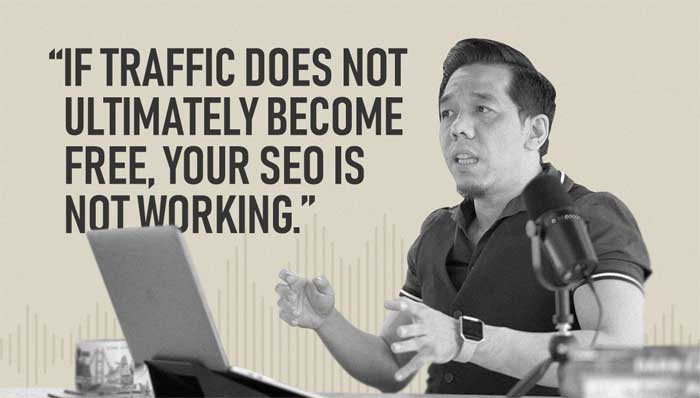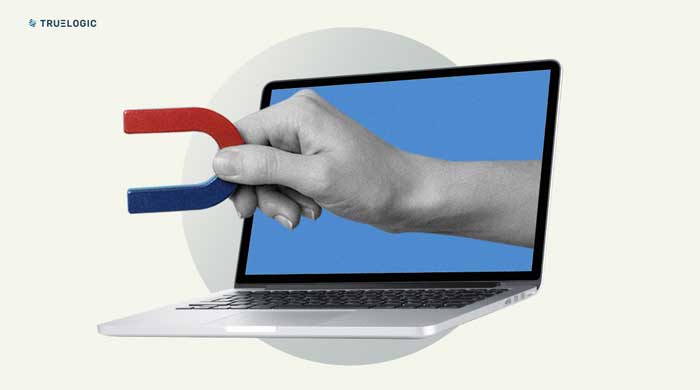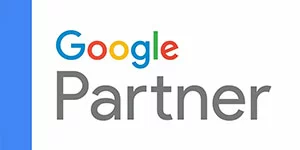The Philippine Digital Economy – 2021
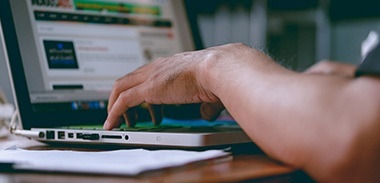
The past five years have been a whirlwind in Philippine Digital performance with the country and the region at large exceeding even the most optimistic forecasts for Southeast Asia. The incredible adoption rate and changes in digital behavior of the Filipino audience are primarily what drives the big changes in the Philippine digital landscape. Taking from resources, research, keynote lectures, and experience, these are some of the changes that have happened in the past five years and its implications for digital marketing, and online or digital advertising for 2021 and beyond.
Changes in the Philippine Digital Economy (2016 to 2020)
Let’s start with some recent history and begin from a global perspective. To give you a good sense of how the internet continues to change lives and shape the world, here are some changes to global digital adoption:
- Users rose from 3.42 BN in 2016 to 4.66 billion by the close of 2020 – a 1.24 BN increase
- Global Internet Penetration rose from 46% in 2016 to 59.5% in 2020
- There were 1.97 billion social media users in 2016 and has grown to 4.20 BN in2020
- Interestingly, there were an estimated 1.3 million new users that joined social media in 2020
Philippine Internet Adoption – From Adopter to Digital Native
Internet penetration in the Philippines was a humble 48% in 2016. 2019 saw that rise 67% and at the close of 2020, it sat at 74%. Pretty impressive, however, we should take this information with a grain of salt. As more affluent individuals own multiple devices and multiple connections, the World Bank estimates that the 74% penetration only represents 47.46% of the population.
Back in 2015, we used to call people that clocked 3:12 hours online as “heavy daily users”. In 2016, the average Filipino would be a heavy daily user. In 2016, the average Filipino spent 3:12 hours online via their mobile device and 5:12 hours through a PC. Five years later, our closing stat for 2020 is a whopping 5:54 hours on mobile alone, with the heaviest users clocking in a whopping 10:56 hours per day across all devices.
Digital Marketers in the Philippines started coining the phrase “Filipinos do not go online, they live online.” With a young median age of 25.8 years, it’s no wonder why the Philippines is one of the largest consumers of content on the Internet.
KEY STATS:
- 2020 Internet penetration 74% versus 2016 at 48% – growth of 26%
- 2020 aggregate time spent online at 10:56 versus 2016 at 5:12 – more than 100% growth
- 2020 smartphone users at 71.32M versus 52.2M at the close of 2016
The Philippine Transition To Mobile
We have come a long way in terms of Internet adoption. The predictions for digital media overtaking traditional media as the primary content we consume were front and center. And in November 2014, it did overtake with digital time overtaking traditional media time with 3:45 hours time spent on digital devices versus 3:30 hours for traditional media.
In May 2015, Google announced that their mobile users were outpacing their PC users across 10 of their markets. In the Philippines, we saw a rise in both mobile computing adoption and mobile internet penetration.
Mobile users were growing in the country. Where mobile Internet penetration began at 46.35% in 2016, we are now at over 70% penetration in 2020. There are more smartphone devices in the Philippines than there are people. Translated to absolute terms, that is 152 million smartphones for 110 million people and over 79 million Filipino smartphone users!
This was just one sign that the Filipino digital consumers were changing, and that platforms and brands had to adapt with them. A great example of a brand that listens to the signs of the times was the Bank of the Philippine Islands (BPI). In 2015, they launched an exhaustive campaign to encourage their users to utilize the power of mobility and connectivity by transitioning their customers to a mobile banking experience through their app (V 7.0). And it paid off! By November 2015, the BPI app was downloaded 1,168,000 times by customers and exceeded their 800,000 user target – making it the Philippines’ most downloaded financial app of the year.
Digital Audience To Digital Consumers
Philippine e-Commerce stood at USD 1 billion in 2016, with a growth forecast of 16% year on year. In 2017, the actual figure was at USD 1.23 billion, growing over 22% and beating projections. Following the trend, it was forecasted to grow further to USD 2.055 billion. By 2020, we crossed over to USD 4 billion, again beating expectations by 100% in e-Commerce alone. And when you take all online transactions into account, the Philippine digital economy actually grew to USD 7.5 billion in Gross Merchandise Value, broken down as follows:
- USD 4 billion in e-Commerce Gross Merchandize Volume (a 55% increase from the previous year and a 400% increase against 2016)
- USD 800 million in Food and Transportation (food accounting for a huge portion of this given the contraction in transportation transactions from the ride-sharing economy)
- USD 700 million in travel and hospitality (a 66% decline from USD 2 billion the previous year)
- USD 2.1 billion in Online Media (a 27% increase from the previous year)
Taking the country’s adoption to online content, it’s not surprising how quickly Filipinos adapted to online transactions.
In fact, 2020 saw 37% of Internet users in the country transition to e-commerce for the first time, with 41% of these first-time e-commerce users coming from Metro Manila, and 59% from outside the NCR Region.
And the Filipino digital behavior is not expected to change post-pandemic. In its recently released e-Conomy SEA 2020 Report, Google, Temasek and Bain & Company estimates that the adopted behavior will persist among 95% of all new adopters post COVID-19.
The same is true of the whole Southeast Asian Region. In 2018, e-Commerce volume for 2020 in SEAsia was forecasted to sit at USD 22 billion. In 2020, it closed at a glowing USD 62 billion, almost triple the forecast from 2018 and a 63% increase versus the previous year (2019 SEA e-Commerce volume closed at USD 38 billion – a figure the region was not expected to cross until 2022).
Audience Behavior is Changing
Our most recent marketing campaigns have forced us to abandon what we knew about our audiences. Take for example our approach to e-mail marketing. Historically, we send e-mails avoiding peak deletion hours of 7 A.M. to 9 A.M., 4 P.M. to 6 P.M., and weekends. And expected the highest open rates between 10 A.M. and 4 P.M.. Today, however, we find our peak responsiveness before 7 in the morning and after 5 in the afternoon.
Here’s another one. Brands that executed social media content that target mom’s, for example, used to communicate with them during travel time to and from work. That is, when people are stuck in traffic and have attention to spare. Then right before the end of their day, usually between the hours of 9 and 11 at night. But since lockdown, people are no longer travelling to and from work. With everyone online and your optimum window now out the proverbial window, it’s deemed necessary to re-acquaint yourself with your “always on” audience.
Whatever you thought you knew about your target audience’s behavior – un-know them. Chances are, your audience has changed so don’t be left behind.
Digital Marketing in the Philippines, 2021 and beyond!
There is still a lot to cover in terms of the transformations in digital advertising and Internet marketing strategies brought on by the rapid changes we experienced in 2020. Though as digital marketers, we don’t have to throw the playbook out the window, rather learn to adapt to these new changes. Brands and digital marketing companies need better synergy between different strategies, instead of the more traditional way of having it work in silos.
In the not so distant past, it was not uncommon for brands to have specialized agencies for specific initiatives. One agency for SEO, another for website maintenance, another for Adwords and display, for social media; and a separate one for paid media. Last year 2020 made it essential to either have most (if not all) solutions under one roof, or at the very least, get these different moving parts to talk to each other more frequently and more dynamically.
As a Digital Marketing Company, Truelogic has never collaborated with more external agencies, website developers and media companies than we had in 2020 – and it looks like this will be the more persistent behavior instead of different companies returning to their own silos.
And the demand grows as fast as the change happens. Admittedly, the Digital Marketing industry was probably on the receiving end of opportunity for 2020. Add the suspension of one of the largest television companies in the country and brands needed to find another avenue to tap into the 54 million Filipinos that were once part of its daily audience.
There is so much more to be said here, but it’s already been a pretty long piece. Over the next few days we will be releasing our Guide to the 2021 Digital Marketing Best Practices. In there you will find data relevant to your specific channel interest.
Come back again and join us as we talk about SEO, Adwords, SEM, and Social Media. In the meantime, you can brush up your digital marketing game with these helpful articles:
- What is SEO and how it works
- Adwords and SEM: PPC Trends in 2021
- Enterprises and Social Media Customer Service
Sources:
- https://wearesocial.com/blog/2021/01/digital-2021-the-latest-insights-into-the-state-of-digital
- https://wearesocial.com/special-reports/digital-in-2016
- http://documents1.worldbank.org/curated/en/796871601650398190/pdf/Philippines-Digital-Economy-Report-2020-A-Better-Normal-Under-COVID-19-Digitalizing-the-Philippine-Economy-Now.pdf
- https://storage.googleapis.com/gweb-economy-sea.appspot.com/assets/pdf/e-Conomy_SEA_2020_Report.pdf
- https://economysea.withgoogle.com/
- https://data.worldbank.org/indicator/IT.NET.USER.ZS?locations=PH


